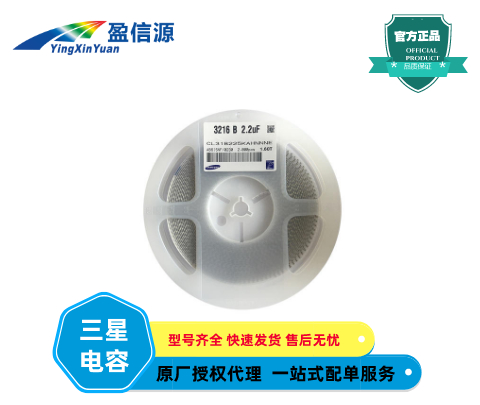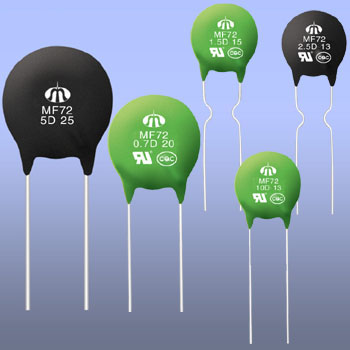









The thermistor will be in an inactive state for a long time; when the ambient temperature and current are in the c zone, the heat dissipation power of the thermistor is close to the heating power, so it may or may not operate. When the thermistor is at the same ambient temperature, the operating time decreases sharply as the current increases; the thermistor has a shorter operating time and a smaller maintenance current and operating current when the ambient temperature is relatively high.

Each thermistor has parameters such as "withstand voltage", "withstand current", "maintaining current" and "action time". We need to choose according to the requirements of the specific circuit and control the parameters of the product. The specific methods are as follows:
1. First determine the maximum ambient temperature of the protected circuit during normal operation, the working current in the circuit, the maximum voltage that the thermistor needs to bear after the operation, and the required operating time and other parameters;
2. According to the characteristics of the circuit or product to be protected, select the thermistor of different shapes such as "chip type", "radial lead type", "axial lead type" or "surface mount type";
3. According to the maximum ambient temperature and the working current in the circuit, select the product specification whose "maintenance current" is greater than the working current;
4. According to the maximum working voltage, select the product series whose "withstand voltage" level is greater than or equal to the maximum working voltage;
5. Confirm that the operating time of the thermistor of this specification is less than the time required by the protection circuit;
6. According to the data provided in the specification, confirm that the size of the thermistor of this specification meets the requirements.